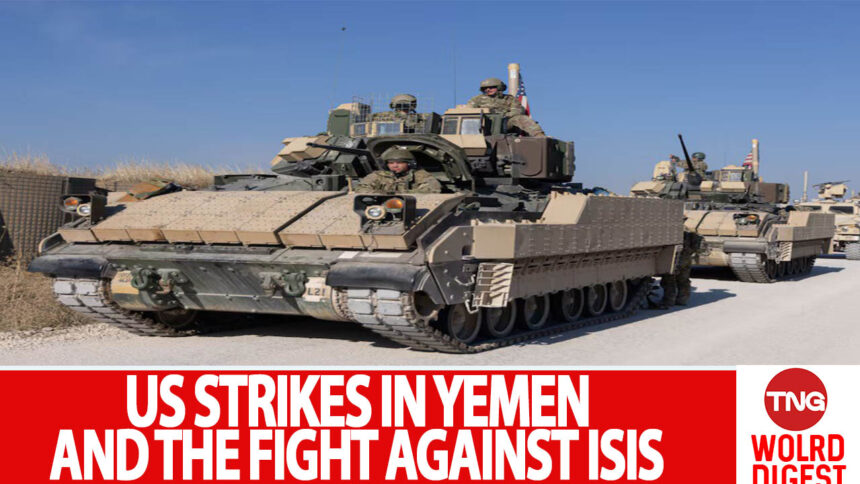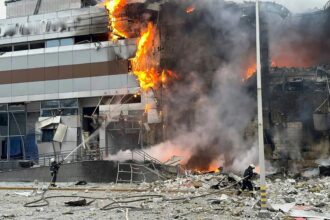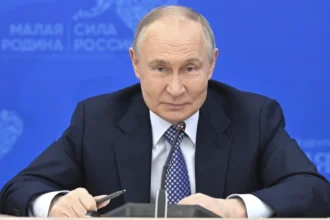U.S. Central Command, or CENTCOM, has launched another considerable strike against ISIS, targeting high-level operatives in Syria. But that’s not all – a new U.S. carrier group has just entered the region, reinforcing America’s military presence. What does this mean for the future of the area? Let’s talk about it.
First up, CENTCOM’s strike against ISIS. This wasn’t just a hit-and-run operation. The U.S. targeted key ISIS leaders, disrupting their plans and supply chains. But here’s the thing – ISIS has been a persistent problem for years. Strikes like these are necessary, sure, but let’s be honest: Are they enough to wipe out an organization that’s proven so resilient? Probably not. It’s a constant game of whack-a-mole.
But here’s where it gets interesting. The arrival of a new U.S. carrier group signals a long-term commitment. This is no short-term tactical move; we’re talking about months, maybe even years, of military presence in the region. With these assets in play, the U.S. sends a clear message to allies and adversaries – they’re here to stay.
And that’s where we must ask: Is this the way forward? The strategy of continuous military pressure has worked in some ways – it keeps ISIS at bay, prevents them from regrouping, and shows American resolve. But at what cost? We’ve seen the toll this kind of involvement takes on soldiers, on international relations, and regional stability. And let’s not forget the millions of dollars it costs.
We need to think about the bigger picture here. The U.S. military presence in the region is aimed at more than just ISIS; it’s about containing Iran, stabilizing Iraq, and preventing chaos from spilling over into neighboring countries. But is it sustainable? We’ve been here for decades, and despite all the operations, ISIS and other militant groups still find ways to resurface. So the question remains – how do we break the cycle?
In my opinion, it’s time for a new approach. We need a strategy that combines military force with diplomatic engagement. These strikes and the carrier presence are essential, but they can’t be the only tools in the box. It’s about fostering long-term peace and cooperation in the region, which requires working with local governments and communities.
So, what do you think? Will these strikes and the ongoing military presence finally break the cycle of ISIS resurgence?















